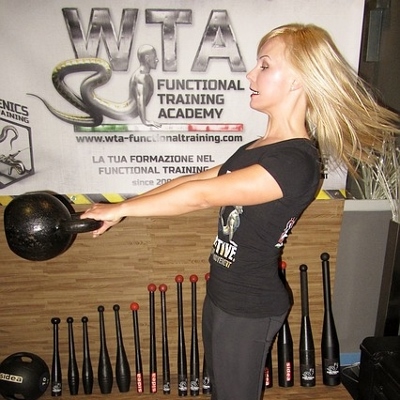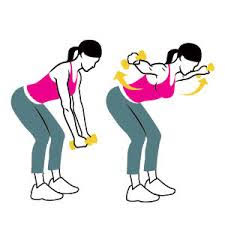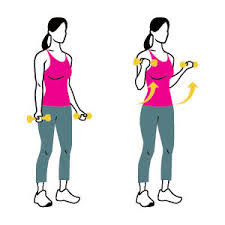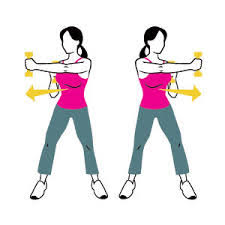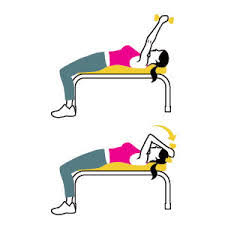 When you think about weight training, does using dumbbells and bench pressing heavy weights come into your mind? Images of large men whose waists are smaller than their bulging thighs and biceps wearing a one piece unitard clenching their teeth and enduring all aspects of sweat and pain? That was my definition of weight training a few years back. I can remember anticipating the Olympics every four years and the sport of Weightlifting would be a favorite as I watched in amazement as these incredible athletes accomplishing astonishing feats of strength. I could never imagine what kind of training and diet would be implemented to attain their massive physiques.
When you think about weight training, does using dumbbells and bench pressing heavy weights come into your mind? Images of large men whose waists are smaller than their bulging thighs and biceps wearing a one piece unitard clenching their teeth and enduring all aspects of sweat and pain? That was my definition of weight training a few years back. I can remember anticipating the Olympics every four years and the sport of Weightlifting would be a favorite as I watched in amazement as these incredible athletes accomplishing astonishing feats of strength. I could never imagine what kind of training and diet would be implemented to attain their massive physiques.
When I started my senior exercise regime some time ago I did some research on the benefits of using weights and how it would benefit my body and health, mind you I didn’t have those past visions of power-lifting five-hundred pound barbells that were four times my body weight, on the contrary I just imagined those cute little pastel colored weights that would match my outfit.
With the studies that I’ve done over the years I’ve noticed that weight training has morphed into what we now call strength training. It’s a type of physical exercise that uses resistance to induce muscular contraction and builds strength and anaerobic endurance. This total package of resistance and activities are safe and effective for women and men of all ages. For instance elastic bands, weight machines, hand-held weights, calisthenics, dragging, lifting, and even carrying groceries are all muscle-strengthening activities that will result in improved muscles and bones. According to the CDC (Center for Disease Control) strength training can reduce the signs and symptoms of some chronic conditions such as arthritis, diabetes, osteoporosis, obesity, back pain and depression as well as improving sleep.
As an adult it is best to incorporate strength training and aerobics a few times a week into your physical fitness routine. One would not benefit by strength training alone since the body needs a variety of activities to perform at its best potential. By not including cardio you may weaken your heart from inactivity so it’s best to utilize interval training of strength one day and aerobics the next. Remember to consult with your physician about any new or changed physical activity that you plan on doing.
So let’s get back to those weights shall we, you may ask what size should I use if I’m just starting out? Well, according to the National Strength and Conditioning Association says you need weights that are heavy enough to fatigue your muscles, so if you don’t feel the burn after you’ve completed your sets you need to increase the weight. The American Council on Exercise recommends beginners should start with a weight they can lift about 12-15 times for one to two sets. This is generally two to fifteen pounds, depending on the muscle group. Personally, I started with two pounds and now use five pounds which I use for arm exercises. I also use the smaller four pound weights when I am jogging in place for about fifteen minutes, so I’m actually incorporating both aerobic and strength in one activity. For strengthening arms I do a workout that includes four exercises each 15 reps and they are:
Reverse Fly
Bicep Curl
Dumbell Cross Jab
Lying Tricep Extension
Have fun with these workouts you can always increase the reps or dumbbell weight when you are comfortable and feel that it is benefiting your body, and always remember to be stronger than your strongest excuse!



